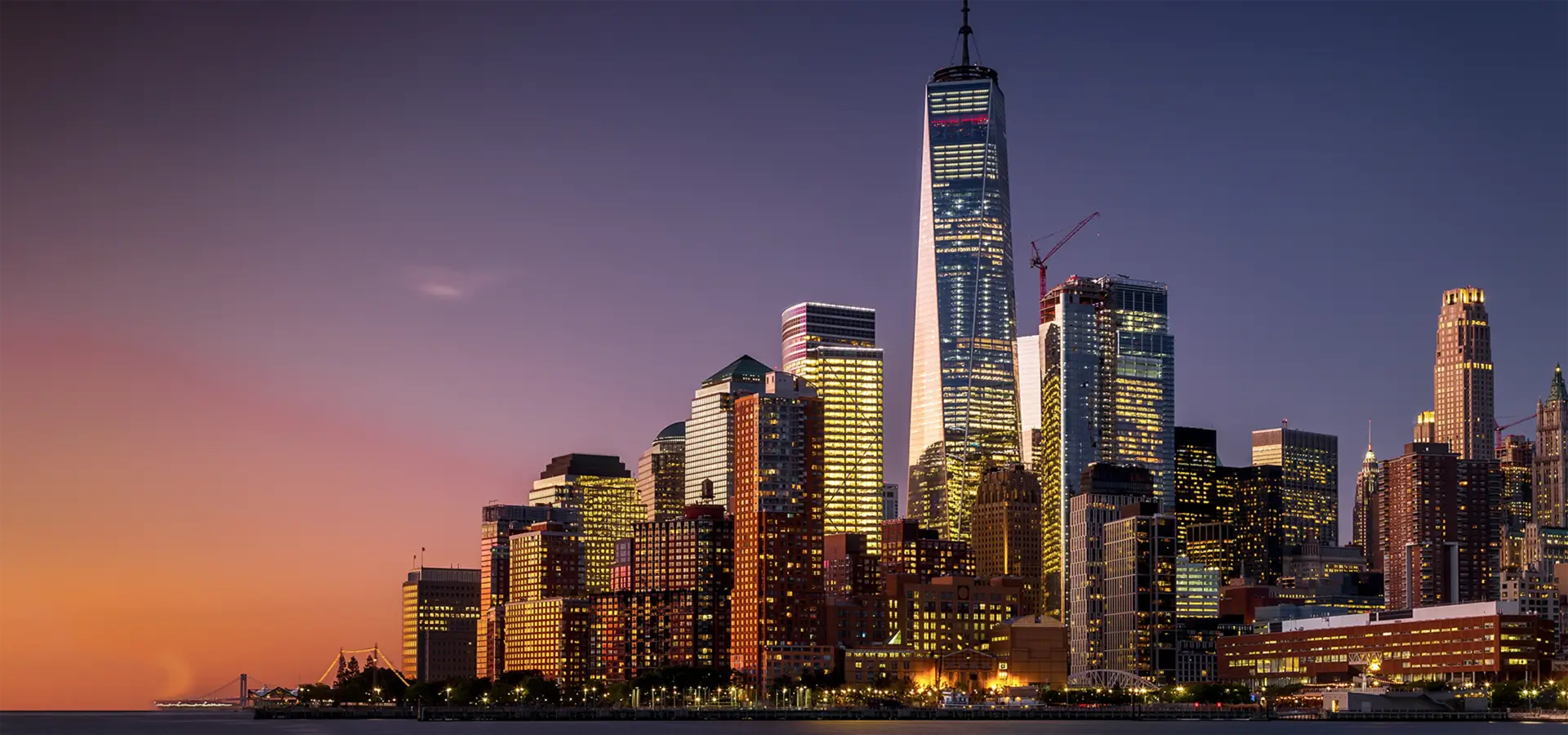

The Innovative Potential of Float Glass
Float glass, a popular type of glass noted for its clarity and smooth surface, has revolutionized numerous industries, particularly in construction and architecture. First invented in the 1950s by Sir Alastair Pilkington, this method of glass production has not only improved manufacturing efficiency but has also expanded possibilities for design and function in various applications. This article delves into the characteristics, manufacturing process, and wide-ranging uses of float glass, highlighting its significance in modern architecture and construction.
The fundamental characteristic of float glass lies in its composition and production method. It is made from silicate compounds, primarily silica, soda ash, and limestone, which are melted at high temperatures. The hallmark of float glass production is the float process, whereby molten glass is floated on a layer of molten tin. This unique method results in a uniform thickness, minimal distortion, and a remarkably flat surface—attributes that are crucial for aesthetic and functional purposes in many contexts.
The transparency of float glass is another striking feature that has made it a preferred material in architectural design
. Its ability to provide unobstructed views while allowing natural light to permeate spaces makes it an ideal choice for windows, skylights, and façades. The clarity of float glass also lends itself well to decorative applications. When treated or coated, it can enhance the visual appeal of interiors while also serving practical purposes, such as improving energy efficiency.
In terms of energy efficiency, float glass continues to evolve. The introduction of low-emissivity (Low-E) glass has made significant strides in reducing energy consumption in buildings. Low-E float glass is treated to reflect heat while allowing visible light to pass through, making it an excellent option for both residential and commercial buildings. This innovation not only helps in maintaining comfortable indoor temperatures but also significantly reduces heating and cooling costs, establishing an environmentally friendly approach to construction.
Beyond aesthetics and energy efficiency, float glass is renowned for its versatility. It can be treated to enhance durability and safety through processes such as tempering and lamination. Tempered float glass is heated and then rapidly cooled, resulting in a product that is five to six times stronger than standard glass. This makes it suitable for high-impact applications, such as shower doors, glass doors, and facades in urban environments. Laminated float glass, on the other hand, consists of two or more layers of glass held together by an interlayer, providing additional safety by preventing shattering upon impact.
The applications of float glass extend beyond conventional uses. In the realm of art and design, artists have begun to explore float glass as a medium for creative expression. Glass sculptures and installations often utilize the unique properties of float glass to create striking visual narratives. Moreover, advancements in technology have enabled the printing of images and patterns directly onto glass surfaces, further pushing the boundaries of its application in both artistic and commercial contexts.
In conclusion, float glass represents a blend of innovation, functionality, and aesthetic appeal. Its production method has set a standard in the glass industry, resulting in a versatile and efficient material that meets the diverse needs of modern society. As we move forward, the continued development of float glass—coupled with advancements in technology—promises to further enhance its capabilities, ushering in new trends in architecture, interior design, and beyond. With an ever-increasing focus on sustainability and energy efficiency, float glass is poised to play a vital role in creating the buildings and spaces of the future, marrying beauty with environmental responsibility.